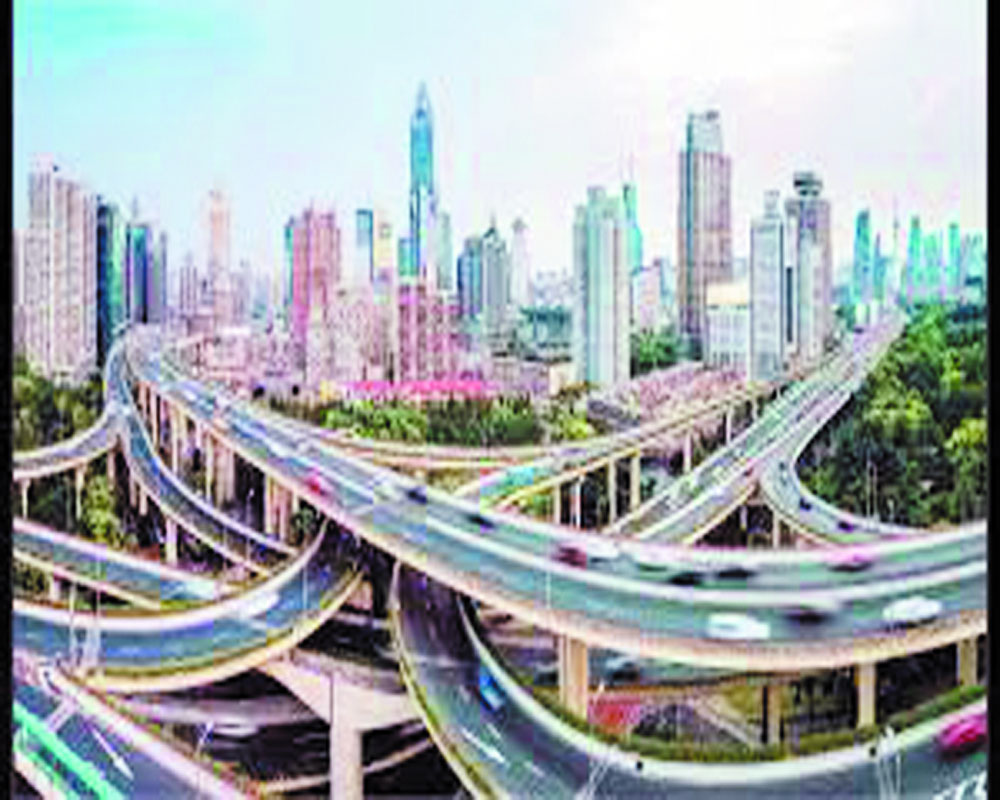India has the fastest growing cities in the world. Little wonder that urban infrastructure can barely keep pace
A recent study by the Oxford Economics has empirically showed that India has some of the fastest growing cities in the world, with Karnataka’s capital and Indian information technology hub of Bengaluru being the fastest city economy in the world along with Surat as the fastest growing. Normally, the words ‘fastest growing’ would be considered an accolade and would be celebrated with countless advertisements and news television debates. However, this event was ignored by Indian news television (which seems to suffer from severe tunnel vision) and Central, state and local governments hoped the population at large did not use the survey to question them on what they would describe as an ‘infrastructure gap’ between service and equipment providers. The business of inverters and generators to deal with unreliable electricity, water filtration systems to deal with the fact that no Indian city provides potable water from the tap and lately the fast-growing air purifiers with most Indian cities, not just Delhi as many suspect (indeed, as of today Kolkata’s air quality is far worse than the national capital) points to the inadequate infrastructure that is incapable of handling surging volumes and demand. Public transport, while improving with new Metro systems in many cities, is for the large part overwhelmed and the costs of retrofitting mass rapid transport systems have been immense for Indian cities, financially and for pollution.
Yet, this study proves that despite all this, the allure of large metropolitan areas remains for people from small towns and rural areas. The government’s plan to create a 100 new smart cities has been stillborn and the attraction of a Bengaluru, Hyderabad and a Gurugram far outweighs the negatives in the mind of a domestic immigrant, even if they end up living far from public transport and in an area lacking even basic amenities such as piped water and a sewage system. There are several reasons for this, the most uncomfortable one being a perverse celebration of the farmer and the agrarian economy which saw far too little investment in cities by our polity. This has led to the collapse of the subsistence agrarian economy and tottering cities. India’s developmental focus has to shift dramatically towards making cities liveable. Even if the 2021 census might not capture the dramatic population shift from rural to urban, one has to be blind to say that it isn’t happening, which this study proves. Like it happened in China, policy-makers have to figure out how to plan and build going forward.


























